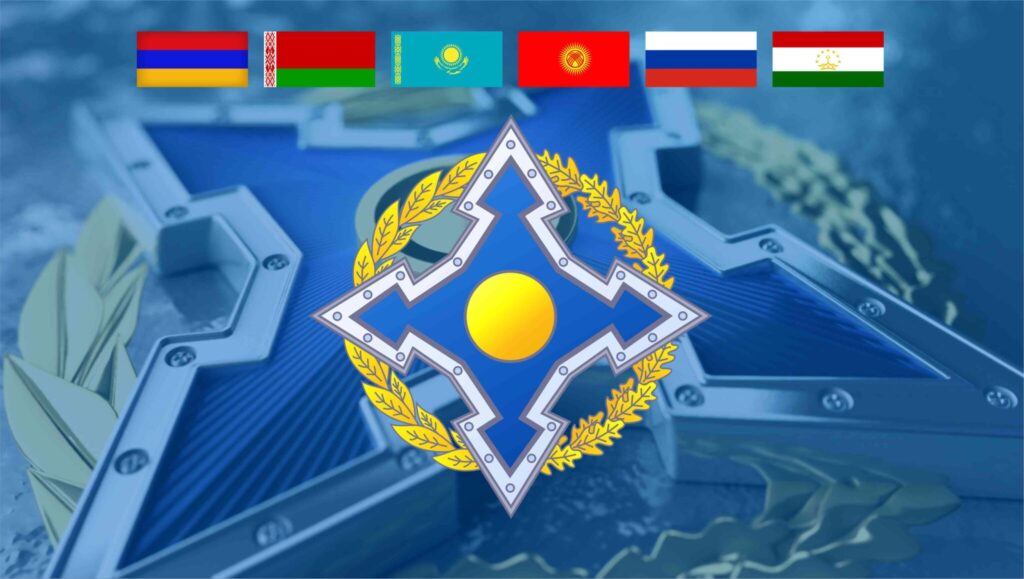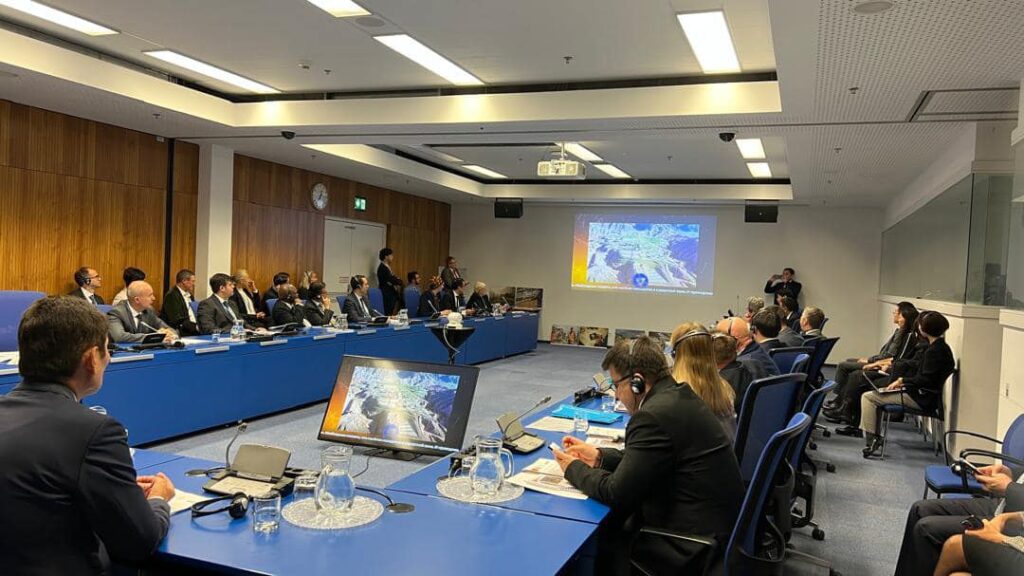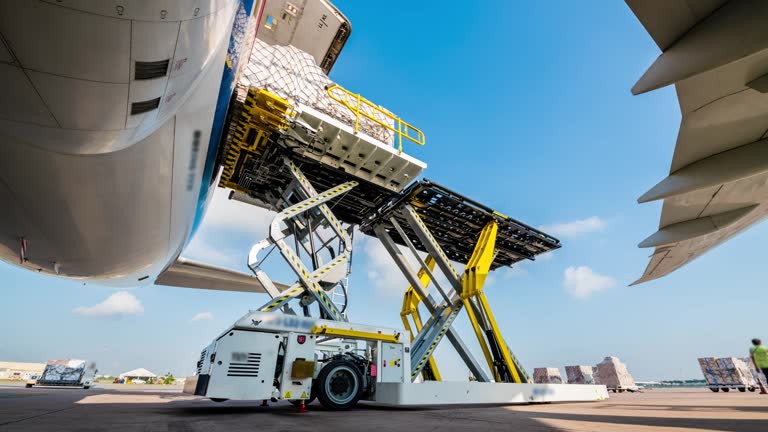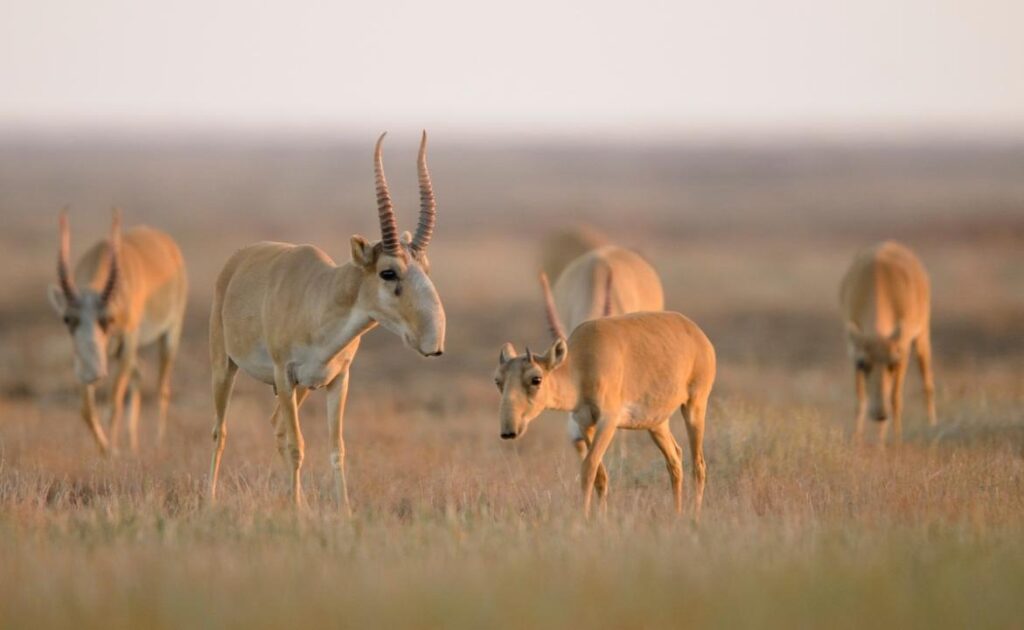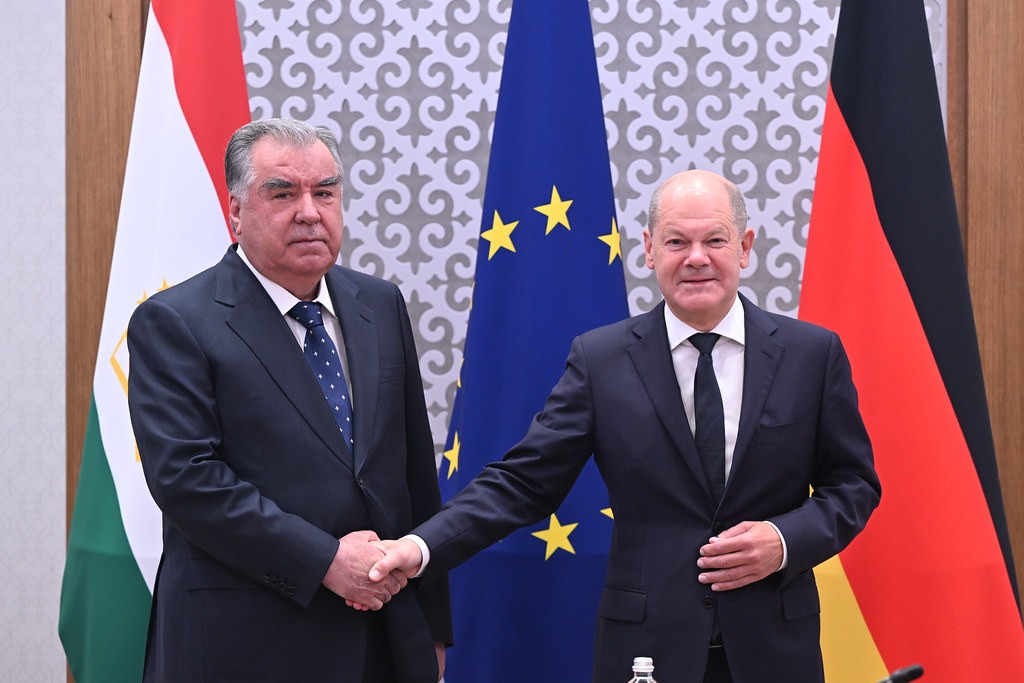The Treaty on Allied Relations between Azerbaijan and Uzbekistan, signed last month, formalizes their growing strategic partnership and signals a new phase in their deepening ties. Their relationship has gained momentum particularly as Azerbaijan has been prioritizing the expansion of its networks in the region since 2020. Uzbekistan now plays a significant role in Azerbaijan’s efforts to strengthen the Trans-Caspian International Trade Route (TITR, also known as the Middle Corridor), the key trade and infrastructure link among Central Asia, the South Caucasus, and Turkey.
Uzbekistan and the Middle Corridor
Within the last year and a half, many international financial institutions have published comprehensive studies on the implementation of the TITR project. One of the most influential was organized by the European Bank for Reconstruction and Development (EBRD) in June 2023, in collaboration with the European Commission. It was an in-depth examination of existing and potential infrastructure and logistical networks across the region.
The goal of the report was to determine the “most sustainable option” for efficient transport connections between Central Asia and Europe. This report identified a route that it called the Central Trans-Caspian Network (CTCN), running principally through southern Kazakhstan. This route leverages the already well-established infrastructure and logistical systems there, making it the most viable option for trade and transport in the region.
In a separate and complementary report, published in November 2023, the World Bank noted that Uzbekistan’s rail connections with Kazakhstan might be improved, but it did not identify any potential projects. Nevertheless, the Darbaza–Maktaaral project in Kazakhstan, projected for completion in 2025, could be extended first to Kazakhstan’s Syrdarya station, whence a further branch line could run to Zhetysai on the border with Uzbekistan.
That project would reduce congestion at the existing Saryagash border crossing, which connects to Keles in Uzbekistan, in the north of the Tashkent conurbation. It could increase transport capacity by as much as 10 million tons per year. Still, the project focuses only on increasing the level of bilateral trade, largely in foodstuffs and agricultural goods, and does not target Uzbekistan’s integration into the Middle Corridor.
On the other hand, Azerbaijan has been working actively with Uzbekistan to integrate it into the Middle Corridor, without relying on routes through southern Kazakhstan. Their cooperation includes significant efforts to enhance infrastructure and logistics. Examples include joint ventures in logistics centers and, notably, inter-modal transport links between Samarkand and Baku. Such efforts are designed to offer Uzbekistan direct access to the Caspian Sea and European markets via Azerbaijan, largely bypassing Kazakhstan and building a stronger trade partnership within the trans-Caspian framework.
Uzbekistan’s Relations with Turkey Set the Context
While this all started only a few years ago, a look back to 2016 when Uzbekistan’s President Islam Karimov died provides a more complete picture. After Shavkat Mirziyoyev succeeded Karimov, Uzbekistan began to open up from its diplomatic isolation. One of the first interested parties was Turkey.
Both nations signaled interest in improving ties, and Turkish President Recep Tayyip Erdoğan began to take steps toward stronger cooperation with Uzbekistan. In 2017, bilateral business forums were held to stimulate trade and economic relations between the two countries. Turkey also initiated discussions about increasing its investments in Uzbekistan’s growth sectors, including construction, textiles, and energy.
President Erdoğan’s visit to Uzbekistan in April 2018 was a turning-point in bilateral relations. Twenty-five agreements were signed that covered cooperation in such issue-areas as investment, energy, tourism, and defense. Plans were also made to increase trade turnover. The expansion of Turkish educational institutions in Uzbekistan marked a commitment to enhance cooperation in education and culture.
Most significant, the two leaders jointly declared that their relationship was elevated to one of “strategic partnership”, including comprehensive cooperation across political, economic, and security spheres. By 2019, bilateral trade had doubled to $2.5 billion, and Turkey had become one of the largest investors in Uzbekistan.
That year, Uzbekistan joined the Turkic Council (renamed in 2021 as the Organization of Turkic States, OTS) at its Seventh Summit held in Baku, and began to be drawn more actively into the Turkic-world cooperative framework. In 2020, discussions on defense cooperation deepened as Turkey offered to share its expertise in military training and technology, particularly emphasizing security cooperation in the fight against terrorism and radicalism.
A key factor in inducing enhanced bilateral relations between Azerbaijan and Uzbekistan was Baku’s view that Western countries and security institutions were biased against Azerbaijan over the Second Karabakh War in the autumn of 2020, and in subsequent diplomacy during the early 2020s. This assessment appears to have motivated its new “multi-vector” diplomacy where Central Asia, including Uzbekistan, became a prime candidate for extended cooperation.
Uzbekistan and Azerbaijan Explore Cooperation in the Early 2020s
In the early 2020s, Uzbekistan showed interest in accessing the Baku-Tbilisi-Kars (BTK) railway for goods headed to Europe if a supply-chain strategy could be found that would bypass more expensive and lengthy routes through southern Kazakhstan. In June 2022, Azerbaijan’s President Ilham Aliyev indicated that his country was open to integrating Uzbekistan into this railway route.
Also in June 2022, Uzbekistan formally joined the Middle Corridor’s umbrella organization, the TITR Association, established in 2017. Two months later, there followed a meeting among the foreign, economic and transport ministers of Azerbaijan, Turkey, and Uzbekistan in Tashkent, who created a new trilateral platform to promote cooperation. The next month, Uzbekistan signed bilateral agreements with Azerbaijan to increase cooperation on inter-modal transportation.
The route from Samarkand to Baku received special attention in this connection. The said agreements provide for the working-out of digital customs procedures to improve trade efficiency. Such techniques will allow the faster processing of goods in transit, thus facilitating Uzbekistan’s use of Azerbaijan’s customs infrastructure, particularly at the Port of Alat, to the south of Baku. With all these cooperative platforms and agreements in place, Uzbekistan and is now participating directly in regional initiatives designed to optimize transport across the Samarkand–Baku route.
Road and rail connectivity along the route from the Ferghana Valley through Tashkent to the Samarkand–Navoi–Bukhara segment is adequate. However, trade centers and logistical hubs there lack the facilities required for multi-modal transport operations. From Navoi, there are two possible routes. One would take advantage of planned railway reconstruction from Karakalpakstan’s principal city Nukus to the southwestern Kazakhstani city of Beyneu, whence to Aktau/Kuryk and across the Caspian Sea to Alat.
The other would transit to Alat from Turkmenistan’s port of Turkmenbashi, presumably through an expanded and upgraded Turkmenabat–Mary–Ashgabat–Turkmenbashi railway connection. This is a route suggested by the Asian Development Bank for renovating Turkmenistan’s domestic railway system. Cargo from Uzbekistan may enter Turkmenistan by rail, toward Turkmenabat, from the Samarkand–Navoi–Bukhara direction.
This latter route is presumably being studied by Azerbaijan Railways in the context of the project to establish a southern corridor for the TITR, circumventing Kazakhstan while complementing the CTCN running through it. In May 2024, it was announced that the expansion and upgrading of the BTK railway from 1 to 5 million tonnes per year had been finished.
Uzbekistan–Azerbaijan Cooperation Accelerates
Over the past two years, bilateral cooperation between Azerbaijan and Uzbekistan has accelerated particularly in the energy sector. As Uzbekistan’s gas production was falling by 10 percent between 2022 to 2023, due to field depletion and technological losses, a Memorandum of Understanding was agreed between the two countries in June 2023 for sharing of expertise in oil and gas. Uzbekistan’s Energy Minister Laziz Kudratov has also announced that Uzbekneftegaz is nearing an agreement to join Azerbaijan’s Shah Deniz consortium for joint extraction and export of natural gas. Talks are also ongoing for Azerbaijan’s SOCAR to participate in oil and gas projects in Uzbekistan.
In August 2023, Mirziyoyev paid a state visit to Azerbaijan and signed more agreements. A High-level Economic Council was established, co-chaired by the prime ministers of the two countries. Including key ministers and other economic officials, its mandate was defined by cover trade, investment, industrial cooperation, the exploration of preferential trade agreements, and the overall coordination of economic policies through regular inter-ministerial consultations. It has produced a road-map for increasing bilateral trade volume as well as plans for joint investment projects in both countries to support projects focused on technology and innovation.
By November 2023, cultural ties were being formally strengthened; in January 2024, direct flights between Baku and Tashkent were inaugurated in order to promote business travel and tourism. The bilateral strategic partnership was further formalized in August 2024 with the Treaty on Allied Relations, upgrading the High-level Economic Council to include non-economic ministries and institutionalizing the strategic partnership.
The expanded intergovernmental council’s first meeting, held during President Aliyev’s state visit to Uzbekistan (reciprocating Mirziyoyev’s earlier visit to Baku), led to the establishment of a bilateral investment council with $500 million in capital to facilitate the previously agreed business development strategy with a focus on high-tech production.
Conclusion
The growing strategic partnership between Azerbaijan and Uzbekistan, now institutionalized as a treaty of allied relations, reflects a deliberate alignment of their economic and geopolitical interests, with a particular focus on the Middle Corridor and energy cooperation. The collaboration on oil and gas projects in both countries underscores the deepening ties between the two nations.
Their strategic partnership also has broader implications for Central Asia and the South Caucasus. It will enhance both countries’ profiles as key players in the evolving geoeconomic landscape characterized by the Middle Corridor’s reshaping of trade routes and economic integration.
This will become more evident by 2030 and beyond. Enhanced infrastructure and logistical connectivity between the two countries will create a more resilient and diversified supply chain linking Central Asia with Europe. In turn, complementing routes through Russia and Kazakhstan, this development will bolster the two partners’ economic resilience while enhancing their autonomy from larger powers.
The Azerbaijan–Uzbekistan partnership integrates a plethora of platforms for plurilateral engagement, helping to integrate the region into global supply chains. These platforms catalyze further cooperation across the South Caucasus and Central Asia. Already there are trilateral Turkey–Azerbaijan–Uzbekistan, Turkey–Azerbaijan–Kazakhstan, and Kazakhstan–Azerbaijan–Uzbekistan intergovernmental councils that integrate the various bilateral forums.
In addition, the four just-mentioned countries are all members of the Organization of Turkic States, where Turkmenistan is an observer. The potential project of a southern route of the TITR through Uzbekistan and Turkmenistan, and across the Caspian Sea to Azerbaijan, would be especially dynamic in the longer run if implemented successfully.
